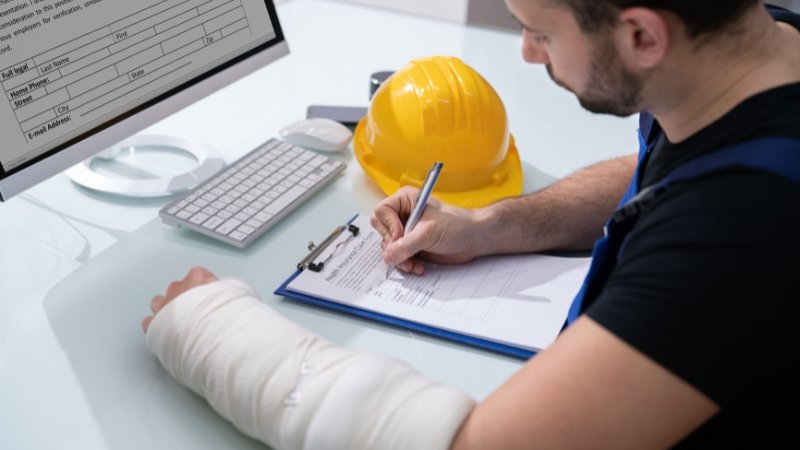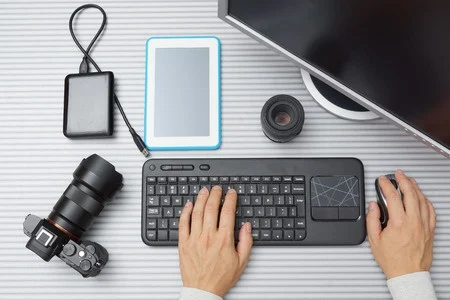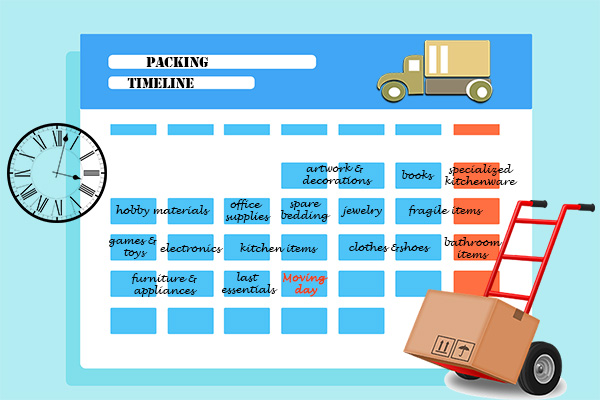RFID and Internet of Things: Know Their Role in Healthcare
RFID (radio frequency identification) technology has become an integral part of so many sectors – starting from tracking cattle in the smart agriculture, to enhancing retail, logistics, manufacturing, and banking. The healthcare is no exception by the way.
With recent developments due to the global pandemic situation, increasing pressure on hospitals, private clinics, and associated supply chains, the implementation of RFID gained a new sense of urgency.
The following write-up specifies the connection between RFID warehouse inventory management systems and the internet of things (IoT), and how the formeris utilized in the healthcare right now. Please do go through it.
Radio Frequency Identification and Internet of Things
The use of RFID in IoT is extremely diverse. RFID is primarily used for making the daily objects interact with one another and the chief hub and report their current status. In the healthcare sector, for instance, the movable equipment with RFID tags can be found on-call easily.
RFID enables tracking of the tagged objects in real-time, and paves the way for a series of connected devices that continually transmit information about the condition, amount, location, etc. Such capacities make the basis for establishing an IoT system. In other words, RFID technology in IoT is all about connecting objects in a definite network so they can create as well as send data.
In Healthcare
The top researchers predicted that the total amount of connected devices will grow to almost 200 billion this year. Most of these devices will be enabled by RFID and installed in the emergency rooms, elderly care units, private chambers, etc. This makes use of radio frequency identification in the healthcare extensive and quite useful. Mentioned below are the ways RFID gained footing in hospitals all across the globe.
- Asset Management- Owing to RFID, the important equipment such as ventilators, beds, etc. are located on the virtual map within a short period. One also does not have to worry about thefts and misplacements. Amazing, right?
- Automated Inventory– The disposable items like masks, gloves, and scrubs that are used largely and need strict observation are counted automatically with RFID based procedures.
- Staff and Patient Tracking– The most significant application of RFID in the present times is perhaps patient and staff tracking solutions. The patients and the staff need to wear wristbands or cards so that the authority can keep a watch on their every move.
Such a feature offered innumerable opportunities especially in the times of coronavirus. It is equally beneficial during the less intense periods. RFID tracking enables complete regulation of the spread of disorders, people influx, and appointment flows.
Tracking elderly patients is necessary. The ones suffering from dementia have to be under the supervision of a caregiver always. Tracking the staff throughout the hospital enhances routines and one will be able to find a specialist during times of need without hassle.
RFID has been adopted by multiple healthcare companies. For instance, the renowned Mayo Clinic have invested in a RFID solution for the gastroenterology department. They did so to record tissue samples and to make sure that the patient data is registered correctly. The Herzelia Medical Center utilized RFID for automating inventory, monitoring usages, and replenishing drugs and surgical tools.






